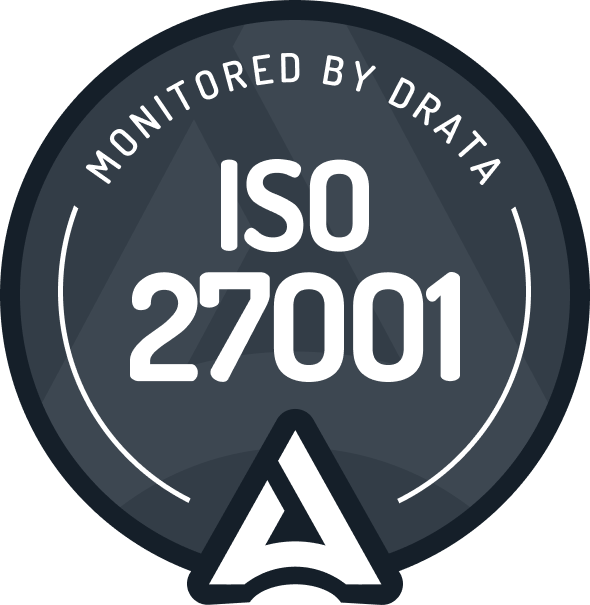Navigating Annualised Wages
.png)
What is an annualised wage arrangement?
An annualised wage arrangement is a fixed amount of pay that covers some or all entitlements an employee is owed under the relevant modern award. It is an agreement between an employer and employee to pay a fixed annual wage, as opposed to paying an employee based on each hour or shift they work. The key is having a clear written agreement that outlines included entitlements, which can vary based on the specific award.
Annualised wage arrangements provisions
The Fair Work Commission introduced further provisions in annualised wage arrangements to address underpayment issues that have arisen over the years. The primary goal of these are to ensure that employees are not worse off under an annualised arrangement than they would be under award entitlements. Some of these provisions include:
1. Percentage requirement
It is specified under HIGA and RIA that employees under annualised wage arrangements must be paid a minimum of 25% more than the minimum wage stipulated in the award. The exact percentage may vary depending on the specific award.
2. Limits on ‘unsociable hours’ and overtime
Certain awards impose limits on the number of ‘unsociable hours’ and overtime hours that can be included in an annualised wage. This is often referred to as ‘outer limits’. For example, both HIGA and RIA limit an average of 18 ordinary hours per week within the roster cycle that attract a penalty rate (except as outlined in the award) or an average of 12 overtime hours per week within a roster cycle. These hours are designed to regulate irregular shifts within an annualised wage agreement. If an employee works in excess of these outer limits, it is not covered by their annualised wage arrangement and must be paid in addition to their annualised wage.
Employers should remain vigilant of these outer limits to ensure that their employees adhere to the specified boundaries, especially when calculating penalties and overtime hours as stipulated in the award. In the event these limits are exceeded, any additional entitlements must be compensated by the employer.
Record-keeping and reconciliation
Adopting best practices when it comes to record-keeping is crucial for proving compliance and makes it easier for employers to track employee details. An annual reconciliation should be conducted every 12 months to compare what employees were paid under the annualised wage against actual hours worked. Any shortfalls must be rectified within 14 days.
Additionally, under Australian workplace regulations, employers must include the following requirements in their records to avoid infringement notices from Fair Work.
1. Written agreements
Employers must have a written agreement outlining the terms of the annualised wage arrangement, specifying included entitlements, limits, calculations, start dates, and reconciliation dates.
2. Detailed pay records
Employers should maintain records of hours worked, start and finish times, unpaid and paid breaks, overtime, and any entitlements paid outside the annualised wage.
The full version of record-keeping obligations and requirements can be found here
Practical considerations
Other practical considerations employers need to consider when implementing annualised wage arrangements include a compliance-focused approach that aligns regular working hours with penalty and overtime requirements, while maintaining a 125% minimum salary.
In business periods with high overtime demands, employers should structure rosters to accommodate for extra hours, though this may entail a higher annualised wage. Employers should also proactively align employee working patterns with forecasted workloads to avoid non-compliant rostering patterns in the long term.
Navigating annualised wage arrangements requires a deep understanding of the applicable award, diligent record-keeping, and a commitment to compliance. Employers should carefully assess and monitor working patterns to ensure both compliance and fairness when paying under an annualised wage arrangement.




.png)

.png)





%201.webp)


.webp)




.webp)

.webp)